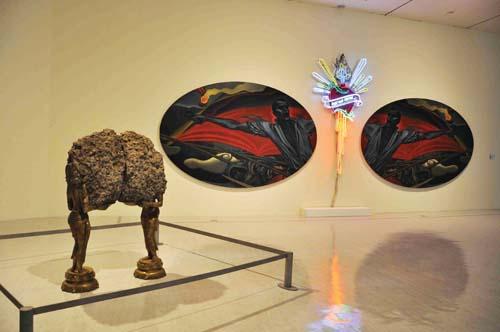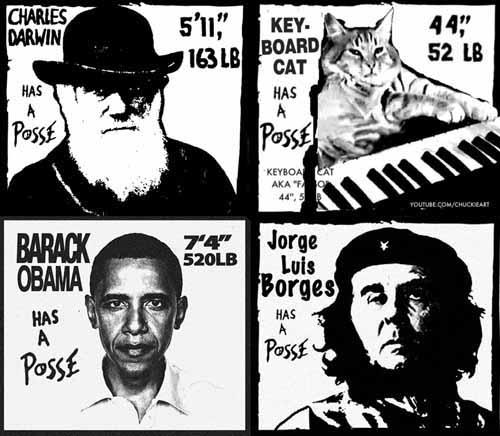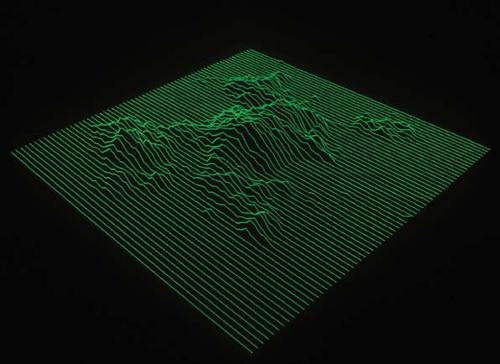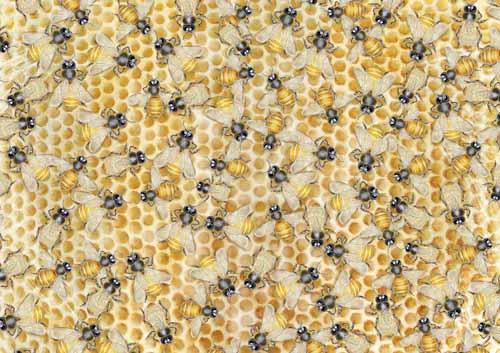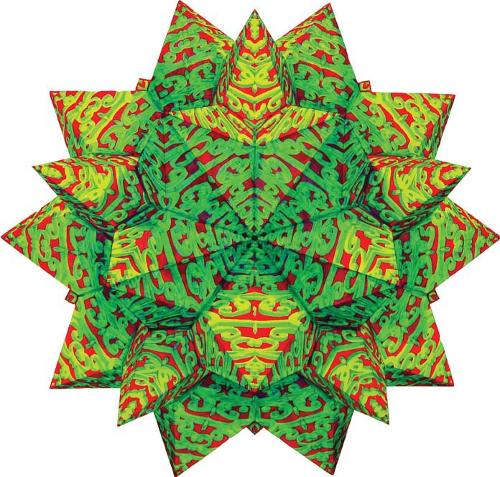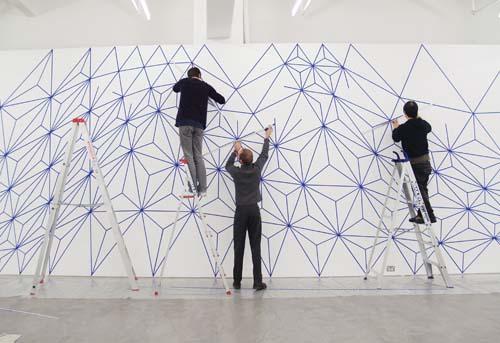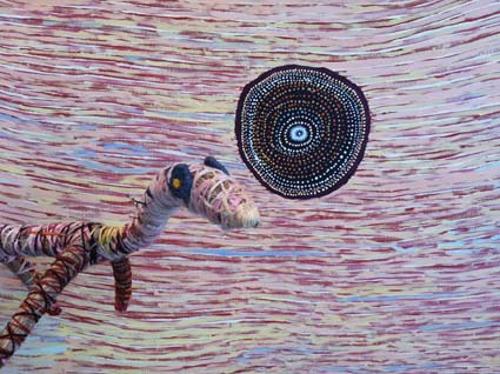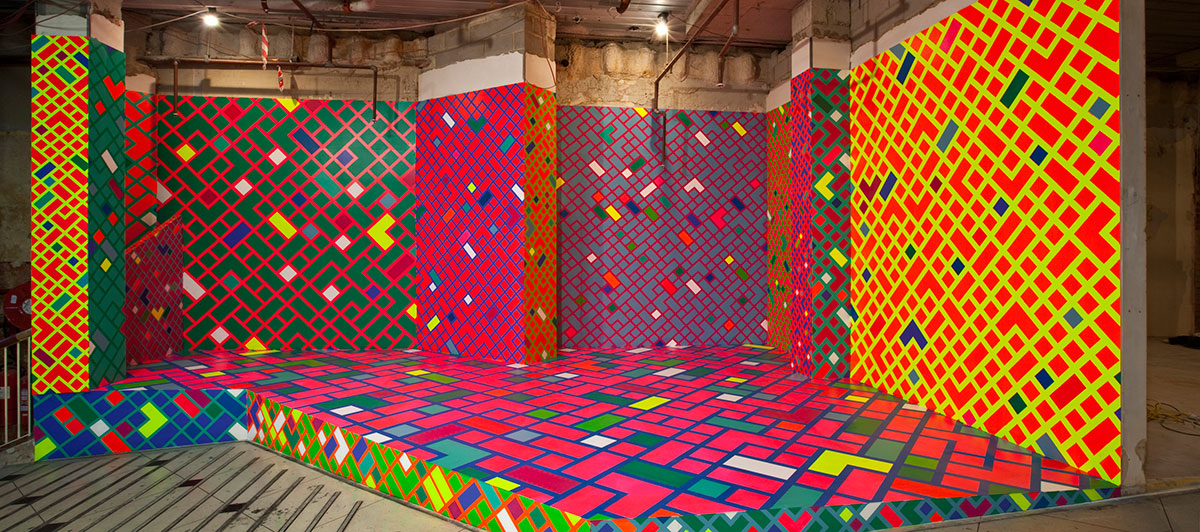The inchworm revisited
Artist, writer and honorary visiting Professor at the Centre for Computational Neuroscience and Robotics at the University of Sussex in England Paul Brown sketches out the long intertwining history of the relationship between C.P. Snow's two cultures - art and science, design and mathematics, beauty and computation, and extrapolates upon Lady Ada Lovelace's famous words: "We may say most aptly that the Analytical Engine weaves algebraical patterns just as the Jacquard-loom weaves flowers and leaves."

